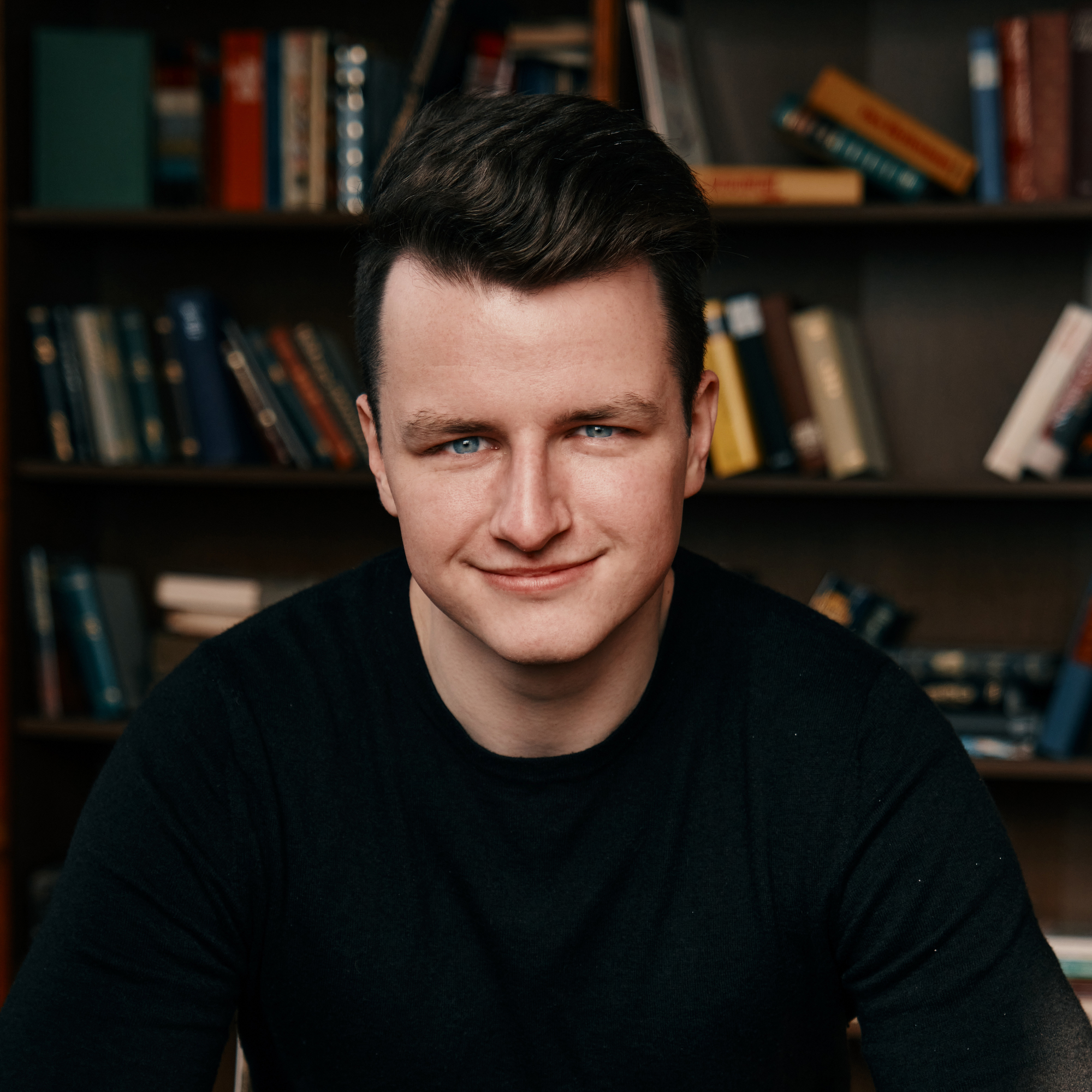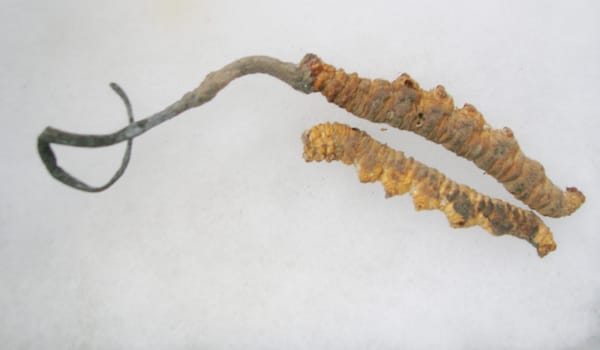Recurrence (return of a disease after 'complete remission') and relapse (worsening of disease after 'partial remission') rates in cancer are incredibly high. To name a few examples, in triple-positive breast cancer (a very treatable cancer type) the 5-year recurrence rate was seen to be 10% in one original research paper.1 In the same paper, patients afflicted with the somewhat less treatable HER2-positive breast cancer exhibited a 5-year recurrence rate of 26.7%. These are already horribly high rates for what are considered 'treatable' cancers.
But, oh, it does get worse. In glioblastoma – which is considered the most aggressive possible brain cancer – 12-month recurrence rates were found to be as high as 83%.2
In very few common diseases do we ever see the problem of recurrence, never mind such a deadly problem with it. Once you've gotten over a cold, you won't suddenly have a recurrence of the disease. It's thus not logical that cancer as a disease should be so different. Why should it recur even after you've gotten over it and been declared cancer-free?
The most marked difference is probably found with the widely hailed holy-grail of cancer research. Namely, every cancer researcher on the planet is still holding out hope for the cancer cure.
This means, that when patients are told they are 'cancer-free', they aren't actually free of cancer, but rather the cancer has shrunk below the detection threshold. This is also, why calling it 'complete remission' is somewhat of a misnomer. Most of our testing simply isn't good enough to detect quiescent cancer cells.3 These are cancer cells, which are metabolically inactive and thus don't exhibit certain characteristics – like surface molecules –, which make proliferating cancer cells more easily detected. Better techniques are being developed, but are thus far not widely used in clinical settings.4–5
Okay, so what does this mean for a practitioner trying to prolong and improve the quality of a patient's life?
Since quiescence in cancer cells seems to be a direct adaptation to survival pressure from their environment and not entirely an immutable evolved characteristic,6 we can't depend on treatment strategies, which target only quiescent or only proliferating cancer cells.
Why's this?
Well, if a treatment only attacks proliferating cells, and if cancer cells can adapt into a quiescent state instead of having to genomically change and evolve into it, then targeting the proliferative state does nothing more, but push cancer cells into a quiescent state. That's only helpful, if such a treatment remains continuously and permanently active. With classical chemotherapy, for example, keeping treatment active for prolonged periods of time would kill the patient, which is less than ideal.
And this is precisely why cancer recurrence happens. Classical therapies of advanced cancer do nothing more than force cancer cells into quiescence and kill the least adaptive variants. Once classical therapy lapses – which these therapies always do – the quiescent cancer cells can simply reenter the cell cycle, proliferate, and wreak their havoc.
We don't take sponsoring or display advertisements in order to keep us free from conflicts of interest. If you've found this valuable, you can help us by supporting our fight against cancer financially.
But can we stop this?
Well, the referenced researchers considered methods of dealing with this quiescent state as possible future directions. Quiescent cancer cells themselves – as the name suggests – aren't dangerous. They only become dangerous, when reentering a proliferative state. This means, that if we can develop a sustainable and perpetual treatment regimen, which kills the proliferative state and stops the quiescent state from reentering the proliferative one, the patient would technically still have cancer, but would no longer suffer under the disease and would be expected to have a normative life expectancy.
Now, it would be even better, if we could also destroy such quiescent cancer cells, but for patient lifespan this doesn't matter whatsoever. Targeted gene therapies, like SOT (also called Q-REstrain) could provide such a help, depending on the targeted genes. Such therapies are both mechanically feasible and have been shown to be clinically effective at lowering circulating cancer cells.7–8 Until such therapies show greater availability and are demonstrated to be able to terminate quiescent cells, I think it smartest to use such tools, but don't expect them to function as a silver bullet.
I find it far more logical to use a plethora of interventions, which can be employed continuously and/or intermittently by the patient without adverse health effects to enforce quiescent cell states and the death of proliferative states. If such a method of treatment be successfully developed, it would make both relapse and recurrence a non-issue, simply due to treatment being perpetual.
Right? Well... kind of.
Even with such a stellar treatment, there's still the risk of cancer cells accruing further evolutionary adaptations to escape the hypothetical treatment, leading to a kind of arms race between host and disease, as is common in the broader evolutionary landscape. I personally think such a further evolutionary adaptation of quiescent cancer cells highly unlikely, as they don't replicate in their quiescent states and thus don't obtain genetic mutations at high enough rates, which largely happens during DNA replication and chromosomal segregation, which in turn happens specifically in cell replication and is thus a non-issue in quiescent cells.9–10
I thus think, that such a perpetual course of treatment, which enforces quiescence and death of proliferative cancer cells, is optimal until we can ascertain a therapy, which guarantees to annihilate quiescent and proliferative cells all the same.
Furthermore, I think adding to such a perpetual course of treatment an immunotherapeutic dimension – which would suppress cancer immunoevasion, reengage the immune system's anticancer activity, and could thus feasibly immunologically destroy both proliferative and quiescent cancer cells – is wise.
All of these therapeutic goals are epitomic to our efforts at Marchward and are integrated in the Mosaic Method we've been developing over the last 4 years (Mosaic Method Guide).
Another dimension of the Mosaic Method, which could and should be empowered further, is the punishment of cancer cells in proliferative states. And such an empowerment in the form of inducing mitotic catastrophe in multipolar cells is next on my list of research. Inducing mitotic catastrophe is basically like killing the cancer cells with their own growth, and whilst it sounds insane, it's actually far more feasible, than obvious at first glance.11
I hope this has explained why cancer recurrence happens, and why we may be able to skip dealing with the reason behind it simply by using sustainable and perpetual treatment options.
I hope this has been informative.
God bless,
Merlin.
References
- Ma, D., Yang, Q., Yin, K., Shi, P., Chen, X., Dong, T., Shang, X., and Tian, X. (2022). Analysis of the clinicopathological characteristics and prognosis of triple-positive breast cancer and HER2-positive breast cancer-A retrospective study. Front Oncol 12, 999894. 10.3389/fonc.2022.999894.
- Kazmi, F., Soon, Y.Y., Leong, Y.H., Koh, W.Y., and Vellayappan, B. (2019). Re-irradiation for recurrent glioblastoma (GBM): a systematic review and meta-analysis. Journal of Neuro-Oncology 142, 79-90. 10.1007/s11060-018-03064-0.
- Nwokolo GC, Ganesan TS, Pors K, Falconer RA, Smarakan S. Cancer stem cells in focus: Deciphering the dynamic functional landscape of stemness in cancer. Biochimica et Biophysica Acta (BBA) - Reviews on Cancer. 2025 Oct;1880(5):189440.
- Liu X, Min Q, Cheng X, Zhang W, Wu Q, Chen X, et al. Quiescent cancer cells induced by high-density cultivation reveals cholesterol-mediated survival and lung metastatic traits. Br J Cancer. 2024 Nov;131(10):1591–604.
- Yin L, Zhou S, Zhang H, Shang Y, Wu S, Jin T. Cancer stem cells in personalized therapy: mechanisms, microenvironment crosstalk, and therapeutic vulnerabilities. Front Cell Dev Biol [Internet]. 2025 July 30 [cited 2025 Oct 20];13. Available from: https://www.frontiersin.org/journals/cell-and-developmental-biology/articles/10.3389/fcell.2025.1619597/full
- Chen W, Dong J, Haiech J, Kilhoffer MC, Zeniou M. Cancer Stem Cell Quiescence and Plasticity as Major Challenges in Cancer Therapy. Stem Cells Int. 2016;2016:1740936.
- Thakur S, Sinhari A, Jain P, Jadhav HR. A perspective on oligonucleotide therapy: Approaches to patient customization. Front Pharmacol. 2022 Oct 19;13:1006304.
- PAPASOTIRIOU I, BEIS G, ILIOPOULOS AC, APOSTOLOU P. Supportive Oligonucleotide Therapy (SOT) as an Alternative Treatment Option in Cancer: A Preliminary Study. In Vivo. 2022 Mar 3;36(2):898–906.
- Alberts B, Johnson A, Lewis J, Morgan D, Raff M, Roberts K, et al. DNA Replication, Repair, and Recombination. In: Molecular Biology of the Cell. 6th edn New York, US: Garland Science, Taylor & Francis Group, LLC; 2015.; p. 237–98.
- Hosea R, Hillary S, Naqvi S, Wu S, Kasim V. The two sides of chromosomal instability: drivers and brakes in cancer. Signal Transduction and Targeted Therapy. 2024 Mar 29;9(1):75.
- Bai Z, Zhou Y, Peng Y, Ye X, Ma L. Perspectives and mechanisms for targeting mitotic catastrophe in cancer treatment. Biochimica et Biophysica Acta (BBA) - Reviews on Cancer. 2023 Sept 1;1878(5):188965.









